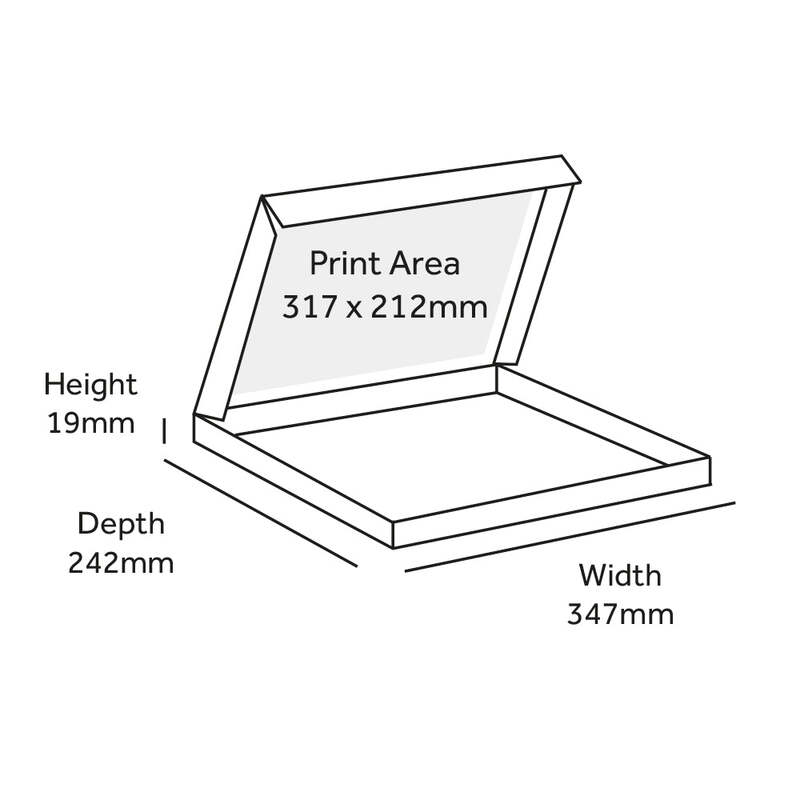The Importance of Frozen Food Packaging
In today's fast-paced world, frozen food has become an essential part of many households’ diets, offering convenience, variety, and extended shelf life. However, the backbone of the frozen food industry is not just the quality of the food itself but also the packaging it comes in. Effective frozen food packaging plays a crucial role in maintaining food quality, ensuring safety, and minimizing waste.
First and foremost, the primary function of frozen food packaging is to protect the contents from external environmental factors. Frozen foods are often susceptible to freezer burn, which occurs when moisture evaporates from the surface of the food, resulting in dry, discolored patches that can negatively affect texture and taste. Proper packaging, such as vacuum-sealed bags or tightly sealed containers, helps prevent exposure to air, thereby preserving the food's quality.
Moreover, packaging materials are designed to withstand extreme temperatures
. Thickness and durability are paramount in frozen food packaging to prevent tearing and puncturing during transportation and storage. Common materials include polyethylene, polypropylene, and laminated films that not only provide a strong barrier against moisture and oxygen but also resist cold temperatures. Additionally, innovative packaging options, such as modified atmosphere packaging (MAP), alter the atmospheric conditions within the package to further enhance the shelf life and freshness of the food.Safety is another key aspect of frozen food packaging. Consumer safety should always be a priority in the food industry, and packaging plays a significant role in this regard. Effective packaging prevents contamination from external sources, such as bacteria, dirt, and pests. It is vital that all packaging materials used for frozen foods are food-safe and comply with regulatory standards set by health authorities. Furthermore, labeling on these packages is crucial, providing essential information regarding ingredients, storage instructions, expiration dates, and allergen warnings. Clear and informative labeling empowers consumers to make informed choices, enhancing their trust in the product.
frozen food packaging

Sustainability is becoming increasingly important in food packaging design. As awareness of environmental issues grows, companies are seeking eco-friendly packaging solutions to reduce their carbon footprint. Many manufacturers are exploring biodegradable materials, recyclable options, and reducing plastic usage. Sustainable packaging can contribute positively to the environment while still ensuring the preservation and quality of frozen foods. The industry is innovating continuously, and advances in edible packaging and plant-based materials are paving the way for a greener future.
Consumer convenience is another critical consideration in frozen food packaging. Easy-to-open packages, resealable bags, and portion-sized servings cater to the busy lifestyles of modern consumers. Resealable options are particularly beneficial as they promote reducing waste by allowing consumers to access only what they need while keeping the rest fresh for future use. Moreover, packaging that is lightweight and stackable is advantageous for efficient storage in freezers, helping consumers optimize space.
Finally, the visual appeal of frozen food packaging must not be overlooked. Eye-catching designs and attractive graphics can significantly influence consumer purchasing decisions. Effective marketing strategies often rely on the first impression, and packaging that stands out on store shelves can directly impact sales.
In conclusion, frozen food packaging is a multifaceted element of the food supply chain that goes beyond simply containing products. It is vital for the preservation of food quality, safety, and consumer convenience, while also addressing the growing concerns regarding sustainability. With continuous advancements in technology and materials, the packaging landscape for frozen foods is poised to evolve, ultimately benefiting both consumers and the environment.



